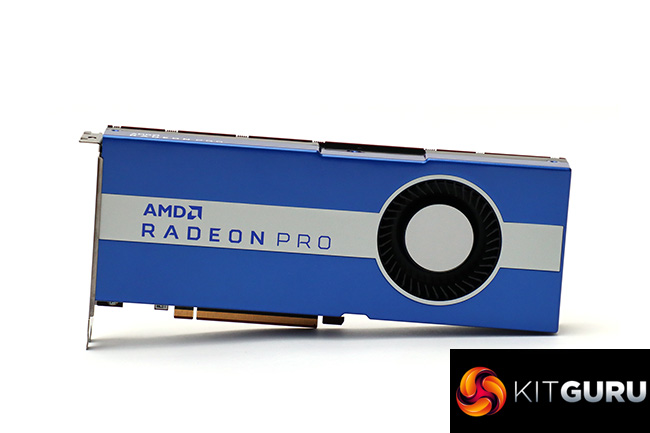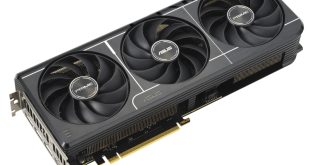The AMD Radeon Pro W5700 isn't quite an NVIDIA Quadro RTX 4000 killer, but it has some clear strengths, particularly in VR and a number of industry standard CAD and 3D animation applications. When you consider that it's likely to be about £100 cheaper to buy than the RTX 4000, it's clearly a contender.
What's particularly telling is that the Radeon Pro W5700 is based on the lowest-end XL version of Navi 10 XL, not the XT or XTX that have more Stream Processors. There are higher-end Navi GPUs soon to be released too. The W5700 is not a successor to the WX 8200 or WX 9100, but for the lower-end and now quite antiquated WX 7100. There will probably be much more powerful Radeon Pro W5000 series cards hitting the market quite soon.
The W5700 also comes as news arrives that NVIDIA's next generation 7nm Ampere GPU generation has been delayed and is unlikely to hit the scene until the middle of 2020, with professional versions likely to be months after that.
So while AMD's presence in the professional graphics market has become increasingly non-existent, it could have as much as a year to re-establish itself, and the Radeon Pro W5700 is a very promising start. Overall, for quite a few industry-standard applications, the W5700 is the best professional graphics card you can buy for under £1,000, although for others the NVIDIA Quadro RTX 4000 retains its crown.
It's not as clear a win for AMD as the Ryzen 9 / Threadripper / EPYC ranges are becoming in the CPU market, but it looks like AMD is back for professional GPUs, thanks to the company's successful early move to 7nm technology. The AMD Radeon Pro W5700 is a great professional 3D graphics accelerator, and we can't wait to see what AMD releases next in the range.
The W5700 has a MSRP of $799. We don't have a buy link but will update this article when one is available.
Pros:
- The fastest sub-£1,000 professional graphics card with a wide range of industry-standard 3D applications.
- Cheaper than the NVIDIA Quadro RTX 4000 (we expect…)
- Reasonable power consumption.
- Extensive multi-monitor options with five Mini-DisplayPort outputs.
- 8K 60Hz support.
- USB-C graphics connectivity with 15W power delivery.
Cons:
- Mediocre OpenCL GPU compute abilities compared to competitors.
- Not the king in every professional 3D application.
KitGuru says: AMD is back in the professional GPU market, with a very competitive price-performance graphics proposition for many 3D design and animation applications.
 KitGuru KitGuru.net – Tech News | Hardware News | Hardware Reviews | IOS | Mobile | Gaming | Graphics Cards
KitGuru KitGuru.net – Tech News | Hardware News | Hardware Reviews | IOS | Mobile | Gaming | Graphics Cards




